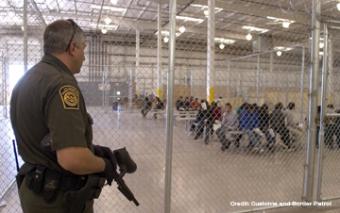Deportations/Returns
Recent Activity
Europe's defining challenge in 2015 was the exponential growth in the number of asylum seekers and migrants arriving on its shores. The European Union and its Member States were slow to respond, and reactive when they did. As trust among Member States and between national and EU-level authorities began to erode, the European Union has found its ability to implement a comprehensive response severely handicapped.
President Obama actively utilized the powers of the executive to reshape U.S. immigration policy in 2015. From signature deportation relief programs and changes to visa waiver eligibility to new grants of Temporary Protected Status and revised enforcement priorities, the administration made sweeping changes that touch all aspects of U.S. immigration policy. The actions prompted pushback, however, with 26 states suing to halt implementation of new deferred action programs.










